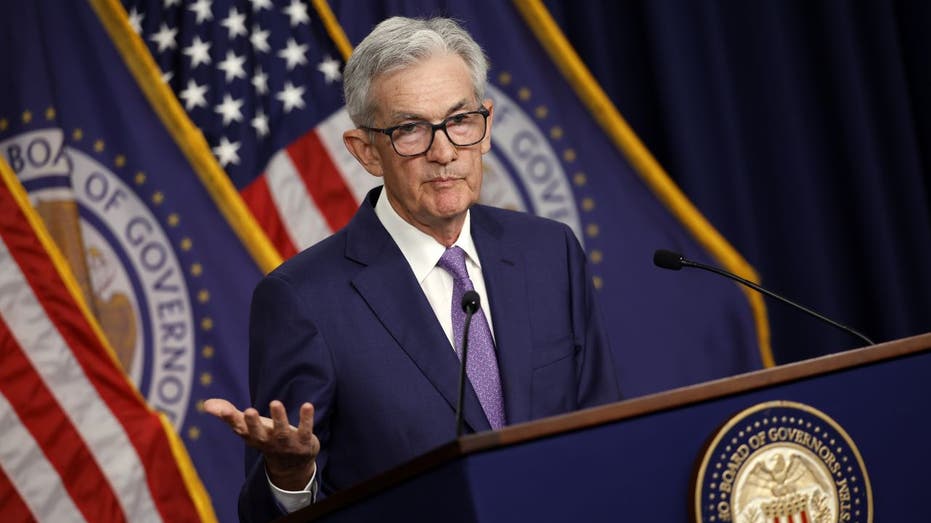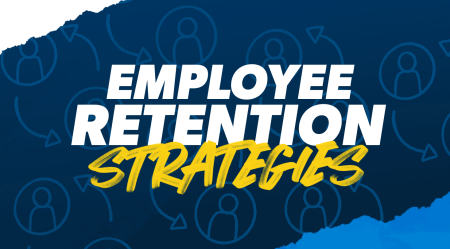All eyes will be on Federal Reserve Chair Jerome Powell when he delivers the keynote speech at the central bank’s summer symposium in Jackson Hole, Wyoming, on Friday.
Powell is widely expected to use the speech to provide some hints about the timing of interest-rate cuts and where the Fed sees the economy headed over the next year.
“To us, the key will be Chair Powell’s tone, which we expect to lean dovish,” said Jack Janasiewicz, lead portfolio strategist at Natixis Investment Managers Solutions. “Simply put, inflation continues to trend towards the 2% target seemingly at a rate exceeding consensus. Combine this with signs that the labor market is softening and one gets the sense that there is little need to retain a hawkish stance.”
With inflation continuing to cool and unemployment rising, many investors think the central bank will soon pivot to lowering borrowing costs. The Labor Department reported last week that inflation rose 2.9% in July, the slowest pace since March 2021.
INTEREST RATE CUTS ARE ON THE HORIZON, BUT HIGH MORTGAGE RATES COULD BE HERE TO STAY
Still, policymakers may not be ready to declare victory quite yet. Bank of America economists expect Powell to repeat his message from July, in which he said a rate cut is possible in September if price pressures continue to ease.
“An evolution of the July FOMC language would suggest the committee is ‘very close’ or ‘close’ to the point where easing is likely to occur,” the Bank of America strategists wrote in a note. “A further signal could be if Powell is stronger in saying that the committee wants to avoid ‘unexpected weakness’ in the labor market, rather than simply responding to it after it occurs.”
The Fed is scheduled to meet three more times this year, in September, November and December. Investors widely expect the central bank to make the first rate cut in September and approve at least one more reduction this year, according to the CME Group’s FedWatch tool, which tracks trading.
Policymakers raised interest rates sharply in 2022 and 2023 in a bid to slow the economy and cool inflation. Officials are now grappling with when they should take their foot off the brake. They entered 2024 expecting to reduce rates at least three times this year, but have repeatedly pushed back their plans, even though inflation eased in April, May and June.
US JOB GROWTH SLOWS TO 114K IN JULY WHILE UNEMPLOYMENT UNEXPECTEDLY JUMPS
Higher interest rates tend to create higher rates on consumer and business loans, which then slows the economy by forcing employers to cut back on spending. Higher rates helped to push the average rate on 30-year mortgages above 8% for the first time in decades last year. Borrowing costs for everything from home equity lines of credit, auto loans and credit cards have also spiked.

For months, higher interest rates appeared to have little effect on the labor market, despite widespread recession warnings from economists. But recent reports suggest that cracks are finally starting to appear.
The July jobs report showed that employers added just 114,000 jobs last month while the jobless rate unexpectedly climbed to 4.3%.
US JOB GROWTH SLOWS TO 114K IN JULY WHILE UNEMPLOYMENT UNEXPECTEDLY JUMPS
The rise in unemployment triggered the so-called Sahm rule, an indicator that is used to provide an early recession signal. The rule stipulates that a recession is likely when the three-month moving average of the jobless rate is at least a half-percentage point higher than the 12-month low.
Over the past three months, the unemployment rate has averaged 4.13%, which is 0.63 percentage points higher than the 3.5% rate recorded in July 2023. The Sahm rule has successfully predicted every recession since 1970.
At the same time, new data from the Bureau of Labor Statistics published Wednesday shows that job growth during much of the past year was significantly weaker than previously reported.
GET FOX BUSINESS ON THE GO BY CLICKING HERE
The BLS revised down its tally of jobs created in the year through March by 818,000 in a preliminary annual benchmark review of payroll data. That suggests the economy added an average of 174,000 jobs per month during that time period – below the previous 242,000 estimate. On a monthly basis, that amounts to about 68,000 fewer jobs.
“The labor market appears weaker than originally reported,” said Jeffrey Roach, chief economist at LPL Financial. “A deteriorating labor market will allow the Fed to highlight both sides of the dual mandate and investors should expect the Fed to prepare markets for a cut at the September meeting.”
Read the full article here












